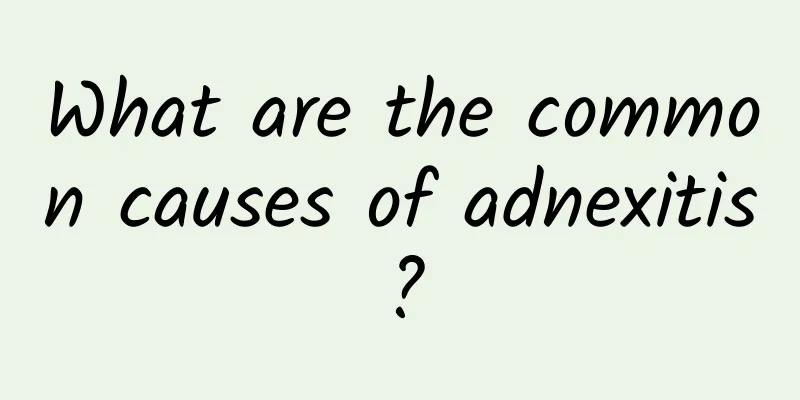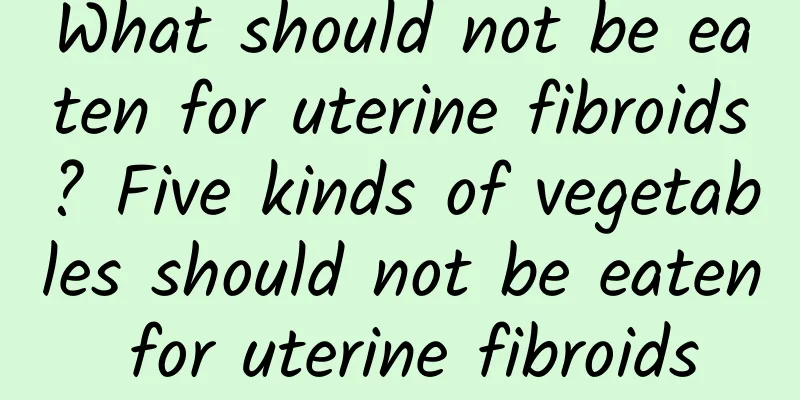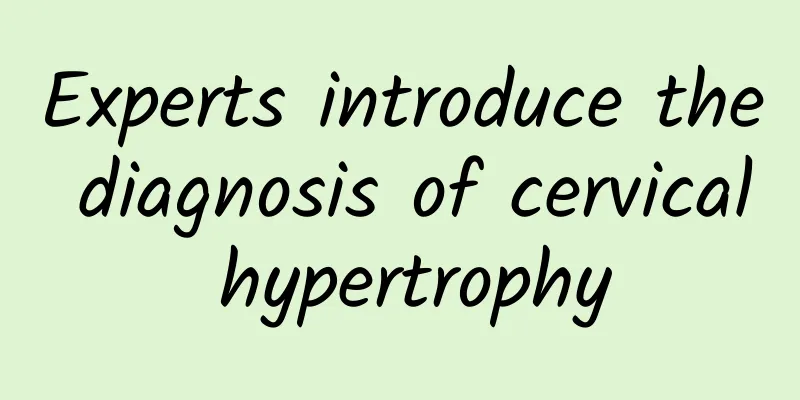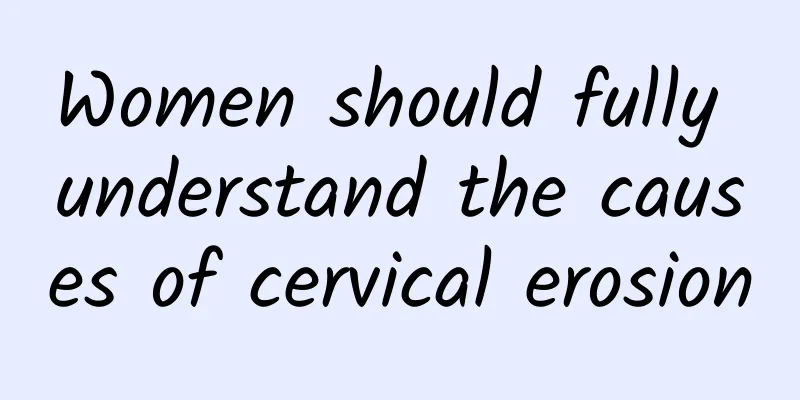How to treat uterine fibroids after pregnancy? Symptoms of uterine fibroids after pregnancy

|
If you have uterine fibroids after pregnancy, female friends will inevitably worry about the impact on the child in the abdomen, and worry about premature birth or miscarriage. In fact, as long as you master your physical condition and have regular prenatal examinations, many worries are unnecessary. What are the symptoms of uterine fibroids after pregnancy? You should know that women's physical conditions are different at different stages of pregnancy. The body with uterine fibroids is inevitably different from the physical reactions of some normal pregnant women, which will be something pregnant women need to understand. Let's take a look at the symptoms of uterine fibroids after pregnancy: 1. Early pregnancy: If you do not pay attention to pregnancy maintenance in the early stages of pregnancy, uterine fibroids can easily cause miscarriage. If the fibroids are large, it is recommended to terminate the pregnancy as soon as possible. Myomectomy or abortion surgery is a good choice. 2. Mid-pregnancy: At this time, if the fibroids do not affect normal pregnancy, only observation is needed, and there is no need to choose to treat the fibroids. Treatment can wait until postpartum. 1. Fibroids are less than 6 cm in diameter, asymptomatic, and have regular prenatal examinations. Most do not require special treatment. 2. Fibroids are larger than 6 cm in diameter. As the uterine fibroids grow, they may continue to increase. Large fibroids are prone to red samples stimulating uterine contractions or peritoneal irritation symptoms. At this time, obstetricians only recommend that patients rest in bed and use analgesics for conservative treatment. Myomectomy during pregnancy is rarely recommended. Only myomectomy is performed when necessary. 3. Late pregnancy: Relatively small fibroids cannot be treated, but if the fibroids are relatively large, you can wait until after delivery to have surgery to treat uterine fibroids, which is also a good method. Large uterine fibroids may not only affect uterine contraction, abnormal production and delayed labor, but also the possibility of postpartum placental retention, postpartum hemorrhage and postpartum infection is greater than that of normal pregnant women. Therefore, the method of delivery should be cesarean section, and cesarean section should be performed at the same time as myomectomy. The symptoms of uterine fibroids are different in the early, middle and late stages of pregnancy. For women who are eager to have children, as long as they pay attention to the physical symptoms of each stage of pregnancy and have regular prenatal examinations, they can avoid the harm of uterine fibroids. |
<<: Symptoms of benign uterine fibroids How to treat benign uterine fibroids
>>: Symptoms of uterine fibroids How to treat uterine fibroids
Recommend
What are the symptoms of worsening uterine fibroids in women?
We all need to understand the symptoms of worseni...
The dangers of cervical erosion that you don't know
As a common female disease, there are many female...
Early symptoms of hyperprolactinemia
Hyperprolactinemia, if it is pathological, will h...
What causes irregular menstruation?
There are many reasons for irregular menstruation...
Can you lose weight by eating oatmeal? Nutritionists remind you to grasp these three key points!
To fight against weight loss, just eat oatmeal! ?...
What are the diagnostic methods for vaginitis?
What are the diagnostic methods for vaginitis? Wh...
Can I sign the painless abortion document myself?
Painless abortion is a painless artificial aborti...
Winter melon is not only diuretic, but also helps metabolism and weight loss! Chinese Medicine Physician Peng Wenya: "These two" ingredients are the key to burning fat
Most people’s first impression of the benefits of...
What should patients pay attention to after endometrial thickening surgery?
We all know that endometrial thickening can cause...
What are the reactions to the last three pills of medical abortion?
The last three pills of medical abortion are to s...
Introduction to the hazards of four serious pelvic inflammatory diseases
Many patients with pelvic inflammatory disease do...
What are the methods of abortion?
For unexpected pregnancies, most people will choo...
Treatment of endometrial tuberculosis
What is the treatment for endometrial tuberculosi...
What are the symptoms of pelvic inflammatory effusion? It causes a lot of discomfort
Pelvic inflammatory effusion is a disease that ma...
Eat the right starch to lose weight! Handmade high-fiber soup cubes
According to European research, eating high-prote...









